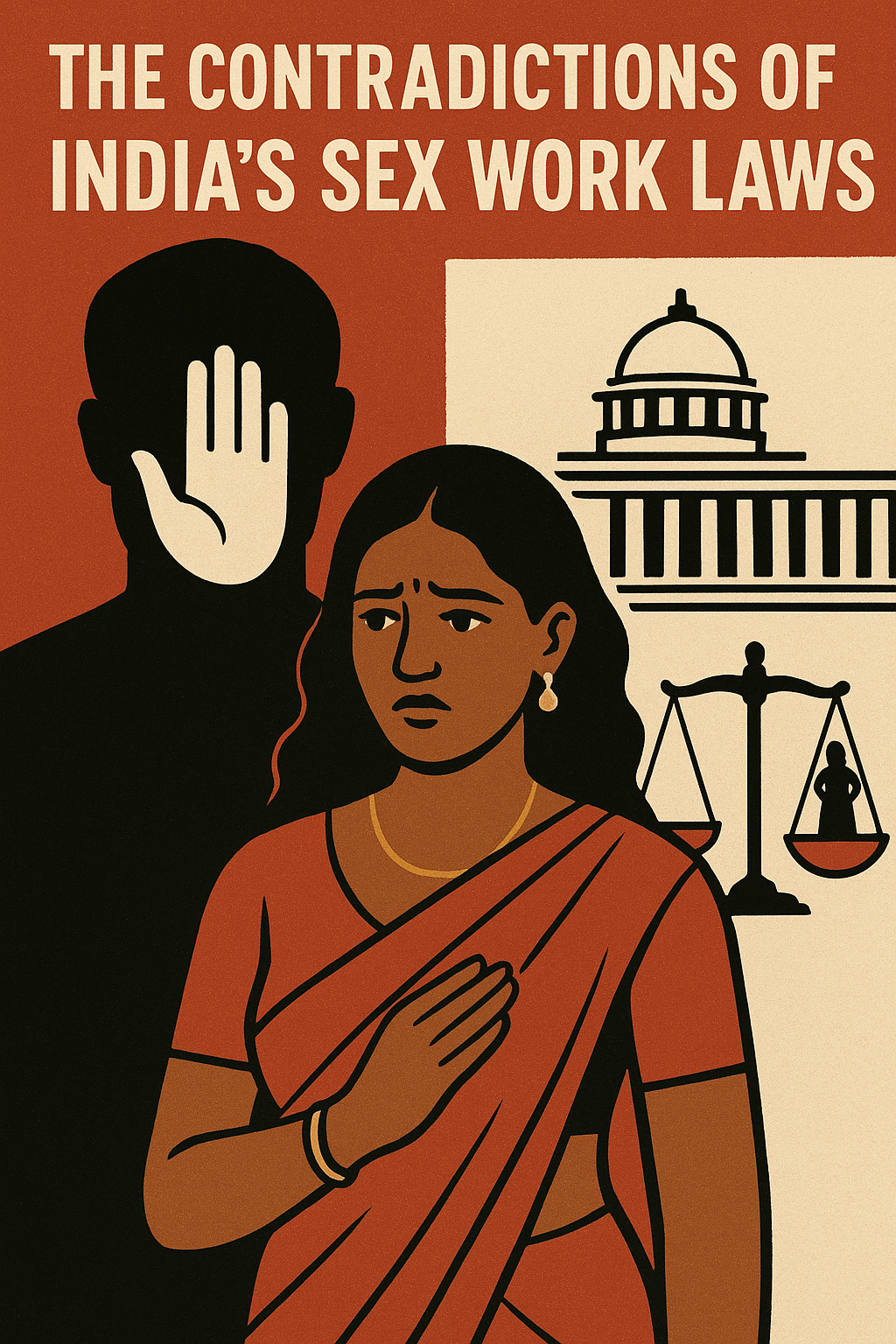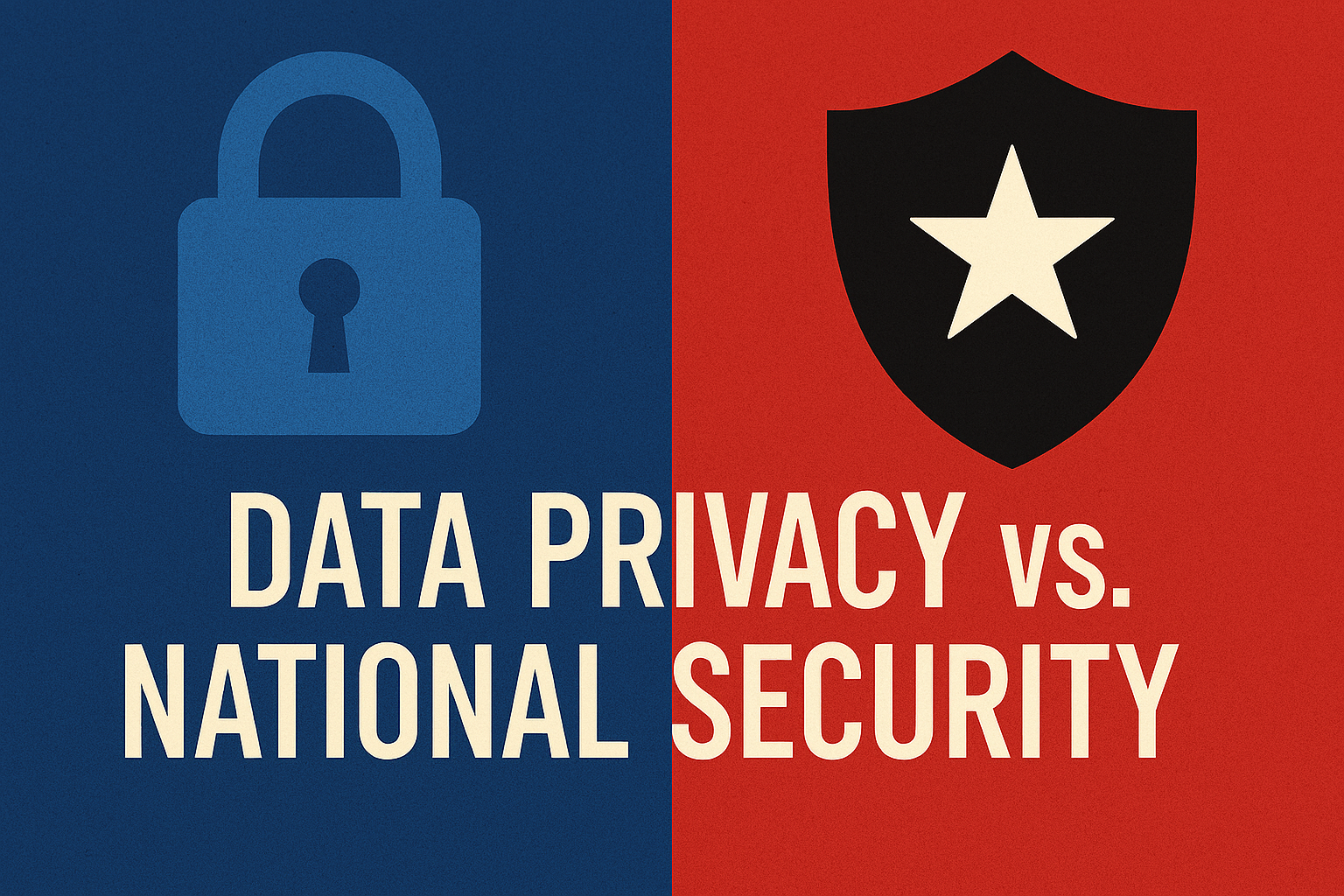



Author By Urwashi Pandey, Deshbandhu College
India has had an unparalleled digital adventure. The Internet officially arrived in the country in 1995, but widespread access didn’t begin until the mid-to-late 2000s. Even today, we can observe a stark generational gap; those who grew up before the digital revolution often find themselves excluded from its full potential. While mobile phones are now ubiquitous, many still struggle to use them effectively. The elderly, in particular, are frequent targets of cybercrime, which only deepens their fear and mistrust of technology.
The fundamental questions as technology advances is who owns it, who understands it, and who is protected by it. Data privacy and national security have become the two sides of a legal battle in a society where digital literacy is extremely diverse and institutions are still adjusting to the demands of a connected environment.
Pre-Digital vs. Post-Digital India
Before the launch of the Digital India initiative, much of India’s government functioning was delayed, inefficient, and manual bureaucracy. Physical files would pile up in dusty cabinets, official communication moved at the pace of postal services, and most people had to physically visit government offices, wait in long queues, and often navigate complex paperwork for even the simplest of services.
In this offline ecosystem, there was little transparency. Corruption would often thrive behind closed doors through under-the-table dealings. Digital literacy was low, and the idea of citizens directly accessing information or services through a device was unimaginable in many parts of the country. A notable shift came in India with the introduction of Digital India in 2015. The goal of Digital India was to enable Indian society through digital means. Government services were made accessible through online services. It aimed to reduce government corruption and make public services more accessible and transparent. People can pay their bills, apply for services, receive subsidies, and access government documents from places such as DigiLocker. Platforms like Aadhaar, UPI, and DigiLocker, along with initiatives like e-governance, online banking, and telehealth services, began to redefine convenience for the average citizen.
In many remote and rural areas, issues such as poor electricity, weak internet infrastructure, and low digital literacy act as roadblocks to access to digital services. While digital tools are in place, not everyone knows how to use them safely. The increasing use of digital platforms has made it equally important to promote cybersecurity awareness to ensure that proper regulations exist and are enforced effectively.
Legal Framework:
As India became increasingly digitized, concerns over how personal data is collected, stored, and used became impossible to ignore. In the absence of strict data protection laws, both private companies and the government have operated in a legal grey area for years. This changed with landmark developments that began defining the relationship between the citizen and the state in this digital era.
The Supreme Court of India’s 2017 ruling in the K.S. Puttaswamy vs. Union of India case, established the right to privacy as a basic right under Article 21 of the Constitution, was one of the most significant turning points.. This judgment laid down the foundation for data protection to be treated as a core part of individual liberty.
The government introduced the Digital Personal Data Protection Act, 2023, which laid out how personal data should be processed, stored, and protected for the first time. It gives users the right to consent before their data is used and establishes mechanisms to prevent data breaches.
At the same time, older laws like the Information Technology Act, 2000, and the Indian Telegraph Act, 1885, continue to play key roles, especially in matters of surveillance and national security. In the interest of India’s sovereignty and integrity, the IT Act permits the government to intercept, monitor, or decode digital information. But this has raised concerns about government overreach, especially when done without transparent oversight. Many believe that while these legal tools aim to protect citizens, they also give the state significant powers, leading to constant tension between privacy and national security.
Cybersecurity Challenges:
While Digital India has revolutionized access and efficiency, it has also brought new security threats. With increased dependence on digital platforms, India faces massive cybercrimes such as phishing, financial fraud, identity theft, and the use of deepfakes and AI for blackmailing and impersonations.
India’s primary cybersecurity legislation, the Information Technology Act, 2000, was a pioneering step at the time, but it has been unable to keep pace with the evolution of modern technology. Sections 66C and 66D address identity theft and cheating by impersonation, but enforcement remains weak due to under-resourced cybercrime cells, a lack of trained personnel, and jurisdictional challenges.
Furthermore, the Indian Penal Code (IPC) was not designed to address technology-related crimes. This has created overlaps, confusion, and gaps in prosecuting offenses like cyberstalking, cyberbullying, or AI-generated pornography, which often fall in the legal grey areas.
Institutions like CERT-In (Indian Computer Emergency Response Team) are often reactive rather than preventive. There’s also an alarming lack of public awareness and digital hygiene, particularly among the elderly and rural populations, who become prime targets for crime.
The Digital Personal Data Protection Act, 2023 (DPDP Act), though a landmark step, focuses heavily on data processing, consent, and data fiduciaries. However, it does not directly tackle cybercrimes, nor does it lay out any robust grievance redressal mechanisms or victim protection protocols.
The rising use of AI tools to create deepfakes and explicit content poses a modern threat that Indian laws are ill-equipped to handle. Victims, particularly women, face blackmail and character assassination, yet there’s a glaring absence of swift, tech-savvy judicial remedies.
Legal Frameworks—
India’s journey into the digital era has unfolded alongside a series of legislative developments and landmark judicial pronouncements that have defined the contours of privacy, surveillance, and state control.
The Telegraph Act, one of India’s first communication regulations, gave the government the power to intercept messages in the event of an emergency or for the sake of public safety. Though drafted for telegraphs and early telecommunication systems, its broad language has been invoked even in modern contexts, raising concerns about overreach in the digital age.
The Information Technology Act of 2000 was India’s first significant attempt to regulate cyberspace. It contributed to the legitimacy of digital signatures and electronic contracts. Criminalized cyber offenses such as hacking, identity theft, and data breaches (Sections 66C, 66D, etc.). It helped enable government interception of data under Section 69, which allows for monitoring and decryption “in the interest of national security.”
However, critics have pointed out that the Act lacks robust safeguards against arbitrary surveillance, particularly under Section 69, where the process of authorization is often opaque and lacks judicial oversight.
Cybersecurity Laws And Their Effectiveness In Protecting Data Privacy
K.S. Puttaswamy v. Union of India (2017)
A nine-judge Supreme Court panel unanimously affirmed the right to privacy as a basic right guaranteed by Article 21 of the Constitution in this landmark ruling.
The case, sparked by concerns around Aadhaar, emphasized privacy as intrinsic to dignity and personal liberty. The state’s surveillance powers must be proportionate, necessary, and subject to due process. In India, this ruling serves as the foundation for all legal discussions pertaining to governmental surveillance and data protection.
Digital Personal Data Protection Act, 2023 (DPDP Act)
In response to mounting demands for data regulation, India passed the DPDP Act, 2023. This act ensured consent-based data processing. Duties are placed on “data fiduciaries,” organizations that handle personal data to safeguard user information. It also introduced a Data Protection Board.
But the Act also gave the Central Government sweeping powers to exempt agencies from compliance in the name of public order or sovereignty, which brings back the argument on whether national security is being used as a loophole to override privacy rights.
Where should India draw the line?
As India accelerates toward becoming a digital-first nation, it finds itself at a legal, moral, and technological crossroads. The need to safeguard national security is undeniable, especially in a country dealing with rising cybercrimes, cross-border data leaks, and dangerous misuse of artificial intelligence. But this cannot come at the cost of eroding individual privacy rights, particularly in a democratic framework that constitutionally protects dignity and autonomy.
India must set a limit to unrestricted spying. Intelligence and enforcement agencies, while essential to national security, must operate within a transparent legal framework. Judicial or independent regulatory bodies must be created to ensure that surveillance is not arbitrary, discriminatory, or politically motivated.
Another fault lies in the generational and educational divide of generations digitally. While Gen Z navigates cyberspace with fluency, older generations often lack basic digital literacy, making them the prime targets of phishing scams, identity theft, and online fraud. The state must focus not only on catching criminals but also on educating citizens on digital safety.
The most pressing line India must draw is around AI misuse, from deepfake pornography to AI-generated blackmail and scams. Current laws remain ill-equipped to handle these technological advances. India must establish AI-specific legislation that criminalizes malicious use, invest in tech infrastructure for rapid investigation and takedown, and create an AI regulatory authority to oversee ethical use and corporate responsibility. Laws like the IT Act or DPDP Act are only as good as their enforcement. The government must empower cybercrime units with funding, training, and technical tools, while also ensuring they are held accountable. The balance lies in protecting citizens without turning them into suspects.
Conclusion
The debate is not about choosing between data privacy and national security. As a democratic nation, India cannot afford to tip the scales too far in either direction. If national security becomes the justification for mass surveillance, citizens will lose their agency. If privacy is treated as absolute, criminals exploit the cracks.
India must create an environment where security measures are smart, not sweeping; where privacy is protected, but not exploited by bad actors; and where the laws are adopted as fast as the technology it seeks to regulate. This is not a one-time decision but an ongoing negotiation between liberty and safety. The stakes for a safe and democratic digital India are too great to overlook, notwithstanding the challenge.
Bibliography–
Data Protection Laws in India-
https://www.dlapiperdataprotection.com/?t=law&c=IN
As India is Set to Implement its Data Protection Law. What to Make of It?-
https://www.techpolicy.press/as-india-is-set-to-implement-its-data-protection-law-what-to-make-of-it/
Data Protection Board of India-
https://dpdpa.in/chapter5.htm
Cyber Laws of India-
https://infosecawareness.in/cyber-laws-of-india
Justice K.S. Puttaswamy vs Union of India-
The Digital India Platform Transforming India- https://www.ibef.org/government-schemes/digital-india
Data protection and data privacy laws in India-
Rules for information Technology Act, 2000-
https://www.meity.gov.in/documents/act-and-policies/rules-for-information-technology-act-2000-YDO5AjMtQWa